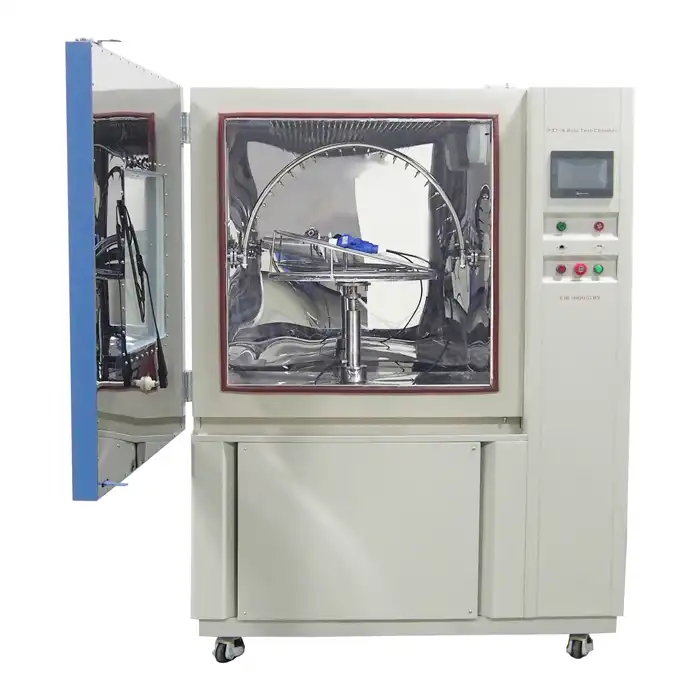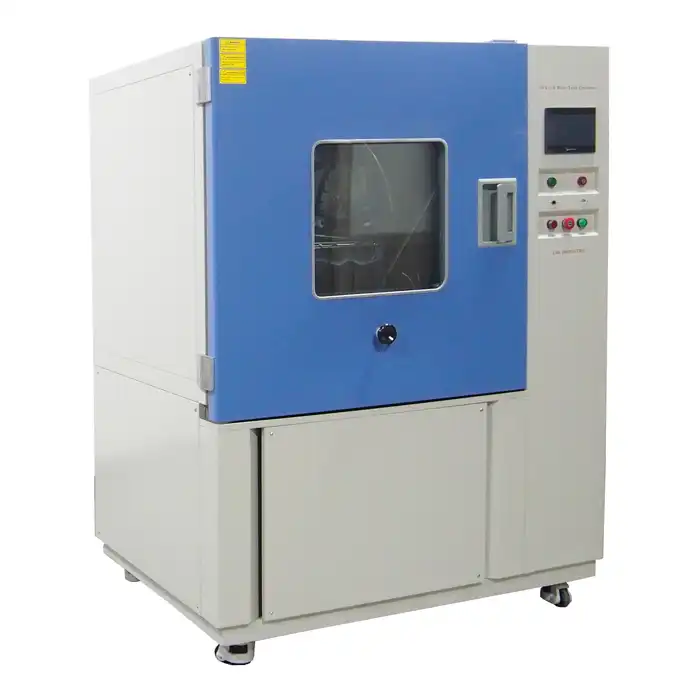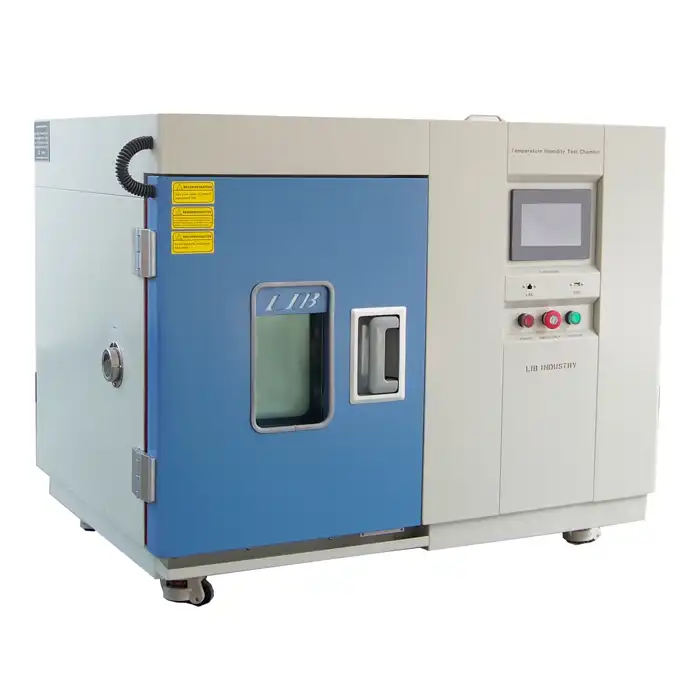Choosing the Right Small Thermal Chamber: Key Features and Considerations
When it comes to environmental testing, selecting the appropriate small thermal chamber is crucial for ensuring accurate and reliable results. These compact yet powerful devices play a vital role in various industries, from electronics to aerospace. In this comprehensive guide, we'll explore the essential features and considerations to help you make an informed decision when choosing a small thermal chamber for your specific needs.

Understanding Small Thermal Chambers
What is a Small Thermal Chamber?
A small thermal chamber, also known as a benchtop temperature chamber, is a compact environmental testing device designed to simulate various temperature conditions. These chambers are used to evaluate the performance, reliability, and durability of products under different thermal environments.
Applications across Industries
Small thermal chambers find applications in numerous sectors, including electronics, automotive, pharmaceuticals, and materials testing. They are particularly useful for testing small components, circuit boards, and prototypes that don't require large-scale environmental simulation.
Benefits of Compact Design
The compact nature of small thermal chambers offers several advantages, such as space efficiency, lower energy consumption, and increased flexibility in laboratory settings. These features make them an excellent choice for businesses with limited space or those requiring multiple testing units.
Key Features to Consider
Temperature Range and Stability
One of the most vital features of a small thermal chamber is its temperature range and stability. It’s essential to choose chambers that provide a broad temperature range, typically spanning from -70°C to +180°C, to meet diverse testing needs across different industries. Equally crucial is the chamber's capability to maintain stable temperatures with minimal fluctuations. This stability ensures that test conditions remain consistent, which is key for producing reliable and repeatable results. By prioritizing these factors, manufacturers can enhance the validity of their accelerated aging tests and improve overall product quality.
Heating and Cooling Rates
The speed at which a thermal chamber can heat up or cool down is essential for optimizing testing efficiency. Chambers with rapid thermal cycling capabilities can dramatically shorten testing durations, enhancing overall productivity. When selecting a chamber, it’s important to look for those equipped with robust heating and cooling systems that can achieve quick temperature transitions. These systems should be designed to deliver rapid changes without sacrificing temperature stability, ensuring that test conditions remain reliable. By prioritizing these features, manufacturers can streamline their testing processes and accelerate product development timelines.
Humidity Control Options
While not every small thermal chamber comes equipped with humidity control, this feature is invaluable for thorough environmental testing. If your testing protocols demand humidity simulation, it's wise to choose a chamber that provides precise humidity control, typically adjustable from 10% to 98% relative humidity. This capability allows for more accurate assessments of how products perform under various moisture conditions, enabling manufacturers to better evaluate durability and reliability in real-world scenarios. Such comprehensive testing enhances overall product quality and performance.
Practical Considerations for Selection
Chamber Size and Capacity
When selecting a thermal chamber, it's essential to consider the size of the products you will be testing and choose one with suitable internal dimensions. Although small thermal chambers are generally intended for compact items, it's important to ensure that the chamber can comfortably accommodate your largest test specimens. This foresight prevents overcrowding and allows for proper airflow and temperature distribution, which are critical for accurate testing. By prioritizing adequate space, you can enhance the effectiveness and reliability of your environmental tests.
Control System and User Interface
A user-friendly control system is crucial for the efficient operation of thermal chambers. When selecting a chamber, seek those with intuitive interfaces that simplify navigation and allow for easy programming of test profiles. Data logging capabilities are also important, as they enable thorough tracking of test conditions and results. Advanced features such as remote monitoring and control can further enhance convenience, allowing users to manage tests from a distance and improve overall productivity. Prioritizing these functionalities can lead to smoother testing processes and better outcomes.
Safety Features and Compliance
When selecting a small thermal chamber, prioritizing safety is paramount. Look for built-in safety features like over-temperature protection, which prevents overheating, as well as circuit breakers to protect against electrical issues. Emergency stop buttons are also essential for immediate shutdown in case of an emergency. Additionally, verify that the chamber complies with relevant industry standards and regulations to ensure safe operation. By emphasizing these safety elements, you can protect both personnel and equipment while ensuring reliable testing processes.
Maximizing ROI: Long-term Considerations
Energy Efficiency
Energy-efficient chambers can significantly reduce operating costs over time. Look for models with good insulation, efficient compressors, and smart power management features to minimize energy consumption without compromising performance.
Maintenance and Support
Consider the long-term maintenance requirements and available support when choosing a small thermal chamber. Opt for manufacturers that offer comprehensive warranty coverage, readily available spare parts, and responsive technical support to minimize downtime and ensure smooth operation.
Scalability and Future Needs
While focusing on your current testing requirements, it's wise to consider potential future needs. Choose a chamber that offers some flexibility in terms of upgradeable features or the ability to integrate with other testing equipment to accommodate evolving testing demands.
Making the Final Decision
Selecting the right small thermal chamber involves carefully weighing various factors, from technical specifications to practical considerations. By thoroughly assessing your testing requirements, available space, budget, and long-term goals, you can make an informed decision that enhances your testing capabilities and contributes to your organization's success.
Conclusion
Remember that the ideal small thermal chamber should not only meet your current needs but also provide room for growth and adaptation to future testing challenges. Take the time to compare different models, read user reviews, and consult with manufacturers to ensure you're making the best choice for your specific application.
Contact Us
At LIB Industry, our team of experts is dedicated to providing turn-key solutions tailored to your unique requirements. From research and design to production, commissioning, and training, we offer comprehensive support throughout the entire process. If you require guidance in selecting the perfect small thermal chamber for your testing needs or want to explore our range of environmental testing solutions, contact us at info@libtestchamber.com.
References
1. Smith, J. (2022). Environmental Testing Essentials: A Comprehensive Guide to Thermal Chambers.
2. Brown, R. (2023). Optimizing Product Reliability through Effective Thermal Testing Strategies.
3. Zhang, L. (2022). Energy Efficiency in Environmental Test Chambers: Current Trends and Future Prospects.
4. Davis, M. (2023). The Role of Thermal Chambers in Modern Product Development Cycles.
5. Thompson, K. (2021). Selecting and Implementing Environmental Test Equipment: Best Practices for R&D Laboratories.
6. Johnson, A. et al. (2021). Advances in Small-Scale Environmental Simulation Technology.



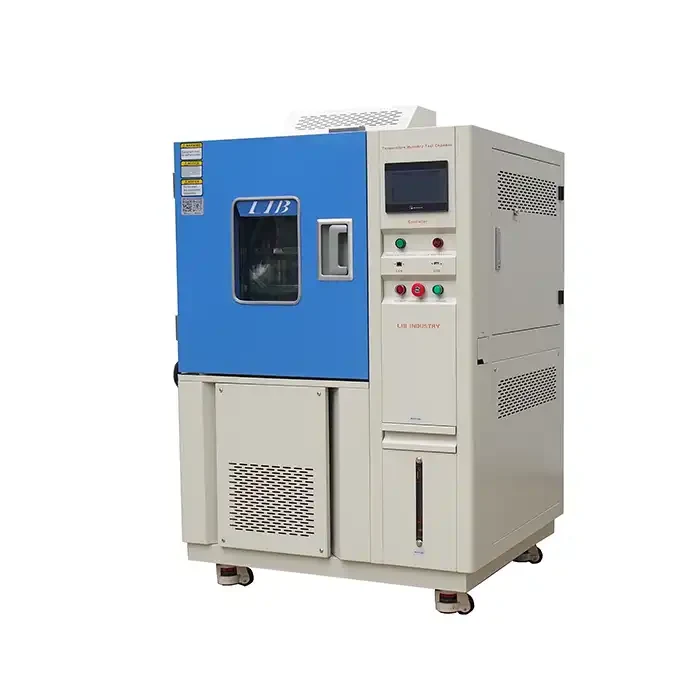
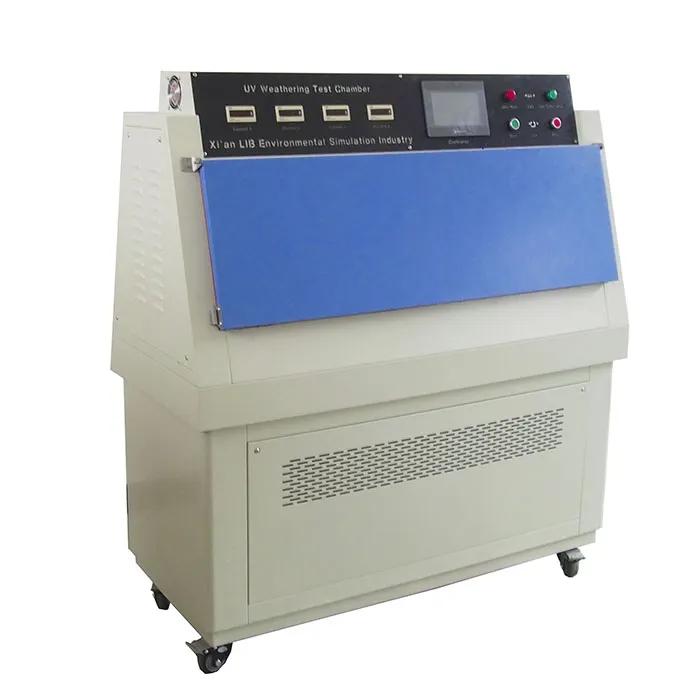
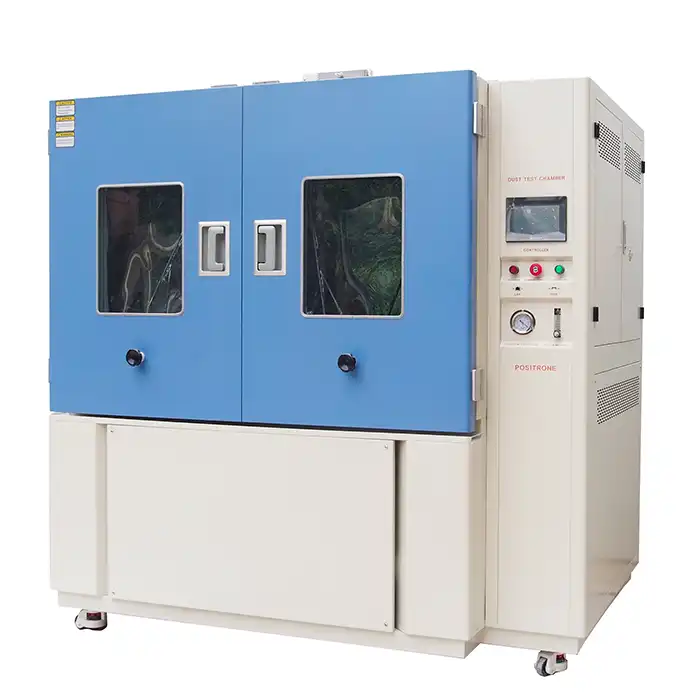
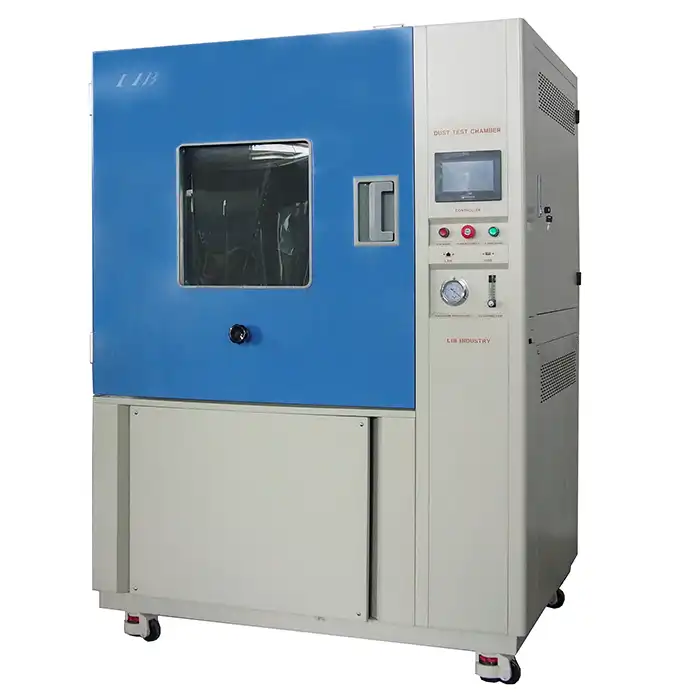
.webp)
